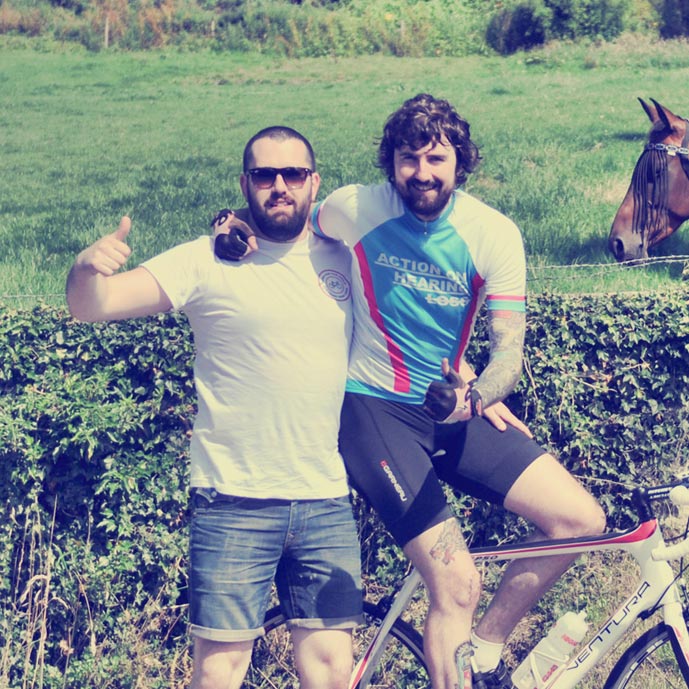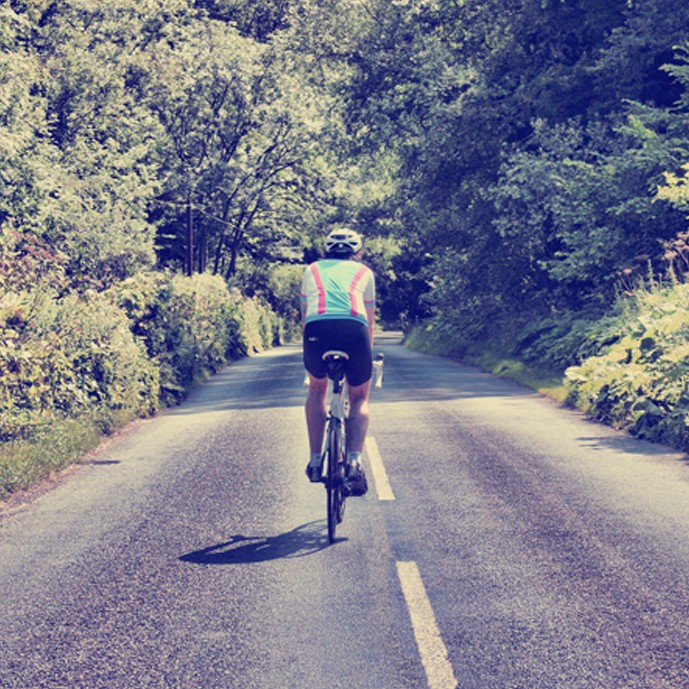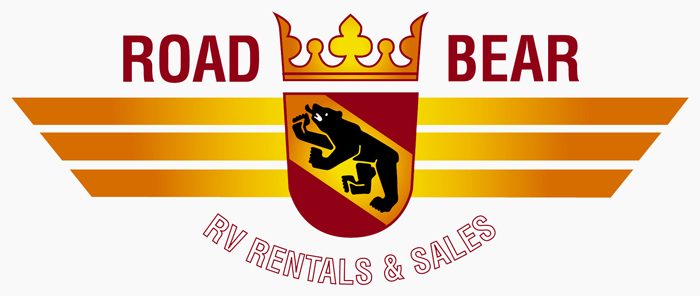November 5, 2015
I have already covered carbs and fat, two of the three macronutrients that make up our diet. This final post of the series looks at proteins and how they can help me with my preparation for the ride.
Protein is one of the most important substances found in the human body, it’s found in every single cell and is used in many vital body processes. Your hair and nails are mostly made of protein, the body uses protein to build and repair tissue and protein is an important building block of bones, muscles, cartilage, skin and blood. Unlike fat and carbs the body does not store protein, so it’s important to ensure that supplies are constantly stocked up.
How does it work?
When your body digests protein the digestive acids in the stomach break it down into amino acids. Theese amino acids can they be used to make the proteins that the body needs in order to function properly.
Here are some sources of protein:
- Beef
- Poultry
- Fish
- Eggs
- Diary products
- Nuts
- Seeds
How much protein is needed
On average a person needs 0.9-1.5 grams of protein (each day) per pound of body weight. I weight 165 pounds (75kg) so I need roughly 165-200 grams per day (this rule isn’t going to apply to overweight people so please don’t take this as gospel). A chicken breast might weigh about 120 grams so this level of protein intake isn’t difficult.
On average a person needs 0.9-1.5 grams of protein per day
The body cannot store protein, so once the daily protein needs are met it has to use it for non-protein bodily functions and thus has two main options for excess protein. If your calorie intake is low that day, your cells can convert excess amino acids to molecules that can burn as fuel. On the other hand, if you consume plenty of calories, your body has no choice but to convert the extra protein to fatty acids which will be stored as fat. To cut a long story short eat as much protein as your body needs but don’t overdo it.
It’s a common misconception that protein builds muscle. It’s exercise that builds muscle, but the body needs protein in order to function well in the gym. The key is to obtain the protein from sensible sources. For example a steak is a great source of protein but it also contains a lot of saturated fat too.
Here are some examples good protein sources
- Fish – Healthy, contains omega-3 and is generally less fatty than meat
- Poultry – Removing the skin eliminates most of the saturated fat
- Beans – Beans contain more protein than any other vegetable protein. Plus, they’re loaded with fiber that helps you feel full for hours.
- Nuts – One ounce of almonds gives you 6 grams of protein, nearly as much protein as one ounce of broiled ribeye steak.
- Whole grains – A slice of whole wheat bread gives you 3 grams of protein, plus valuable fiber.
Proteins and me
Without proteins I can’t perform, so it’s essential that I have an adequate serving each day. My main source of protein is with my evening meal where I will have a severing of meat such as chicken or duck (my fave). I’m not sure if this is 100% right, but because I’m training so much I don’t worry too much about overeating protein, I also often keep the skin on my meat to give me that extra fat. 😉
One massively important source of protein during my training is a protein shake. When you eat a steak your body takes time to break down the fat and protein in order to absorb it, so the nutrients don’t reach your muscles for a while after eating.
Shake are brilliant because the body can absorb the protein and distribute it quickly. It’s incredibly refreshing drinking one post ride when my legs are totally battered.
So that’s it! I’ve learnt about the three Macronutrients and how they will play a large part of training. I hope you’ve enjoyed reading.
Eat healthy! If I can do it you can, it’s not that hard!
Shane x
The series
Learning about food: pt1 Carbs
Learning about food: pt2 Fats
Learning about food: pt3 Proteins
Refs
Roles protein play
What protein does for your body
Benefits of protein











